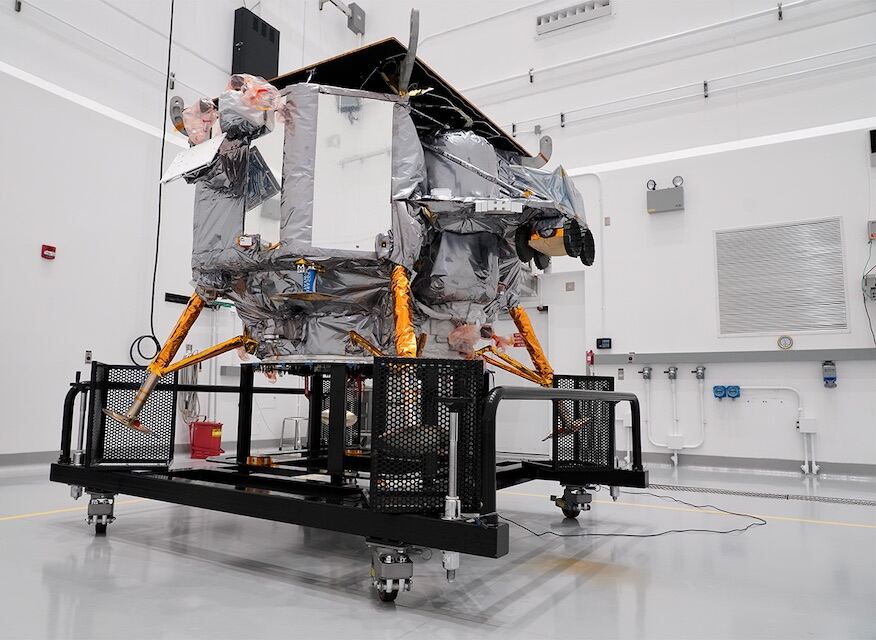Last week, Peregrine lander , a US spacecraft’s attempt to land on the Moon concluded in flames over the Pacific after suffering a propulsion fault. The private company Astrobotic, headquartered in Pittsburgh, had to compel Peregrine One, its operated spacecraft, to destroy itself due to a malfunction that eliminated any possibility of a lunar touch-down. Astrobotic directed the craft into Earth’s atmosphere to ensure its incineration, and a tracking station in Canberra, Australia, officially confirmed the loss of signal with Peregrine at 20:59 GMT.
It was anticipated that little or no remnants of Peregrine would survive intact to the ocean surface. Even if remnants were to exist, the anticipation was that their impact would occur at a considerable distance from populated areas. The primary objective of Astrobotic was to deliver five NASA instruments to the Moon’s surface to study the local environment in preparation for the return of astronauts in the coming decade.
Had Peregrine lander landed successfully, it would have marked the first American lunar mission in 50 years and the first-ever private venture to achieve this milestone. Government agencies from the US, the Soviet Union, China, and India are the entities that have previously achieved controlled lunar landings.
Challenges
Astrobotic encountered challenges soon after the launch on January 8, with Peregrine facing difficulties related to a propulsion issue. Despite these setbacks, Peregrine operated in space for over 10 days, surpassing initial expectations. Engineers diagnosed the problem, which originated from leaking propellant from a ruptured oxidizer tank, causing the craft to lose stable positioning crucial for solar panel alignment.
Despite the adversity, Astrobotic’s team successfully activated payloads on board, demonstrating their space-worthiness, and gathered valuable data, including insights into the radiation environment between Earth and the Moon. Peregrine’s fault highlighted the complexities of space travel, emphasizing the engineering success achieved through collaborative efforts. Sian Cleaver, Airbus’ Orion European Service Module industrial manager, underscored the positive aspects of the mission during an interview, emphasizing the remarkable problem-solving and restoration of spacecraft capabilities.
Astrobotic shared a video on social media that depicted Peregrine’s view of Earth before the controlled destruction. The technology aboard Peregrine, including the Peregrine Ion Trap Mass Spectrometer (PITMS), developed in the UK by the Open University and RAL Space, performed well in check-out tests. Despite the mission’s challenges, the technology onboard PITMS may have future opportunities to contribute to lunar exploration in subsequent missions.
